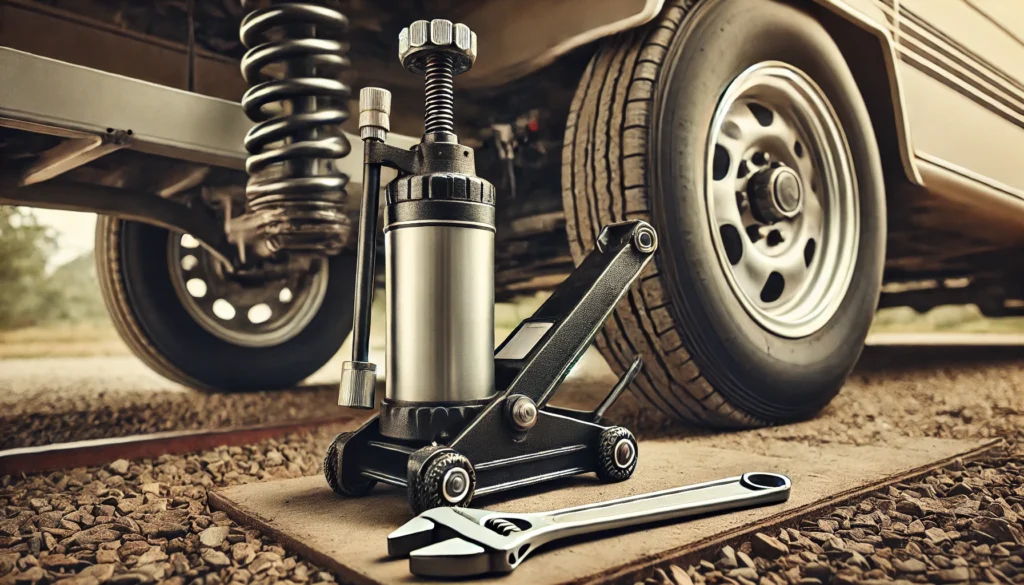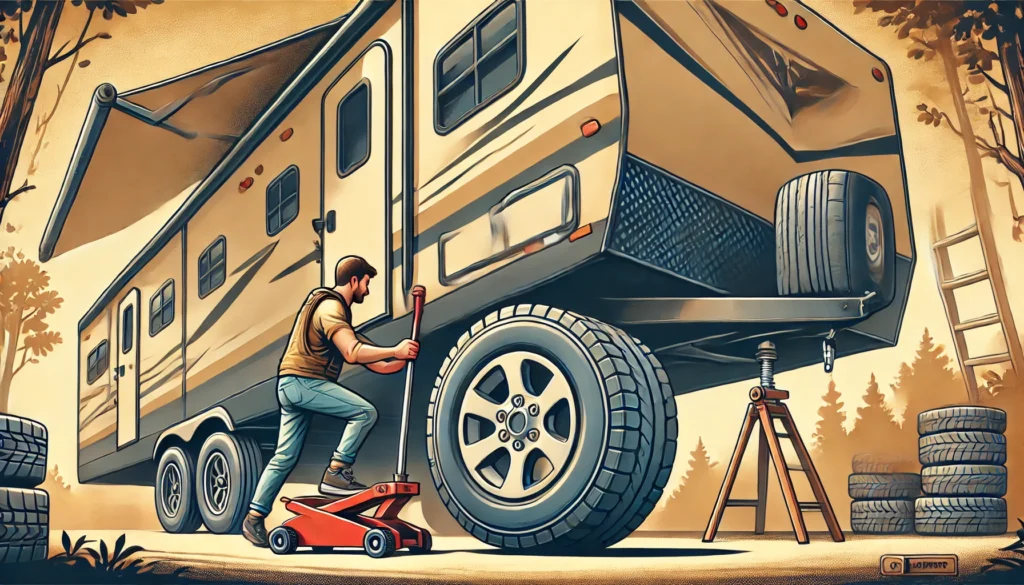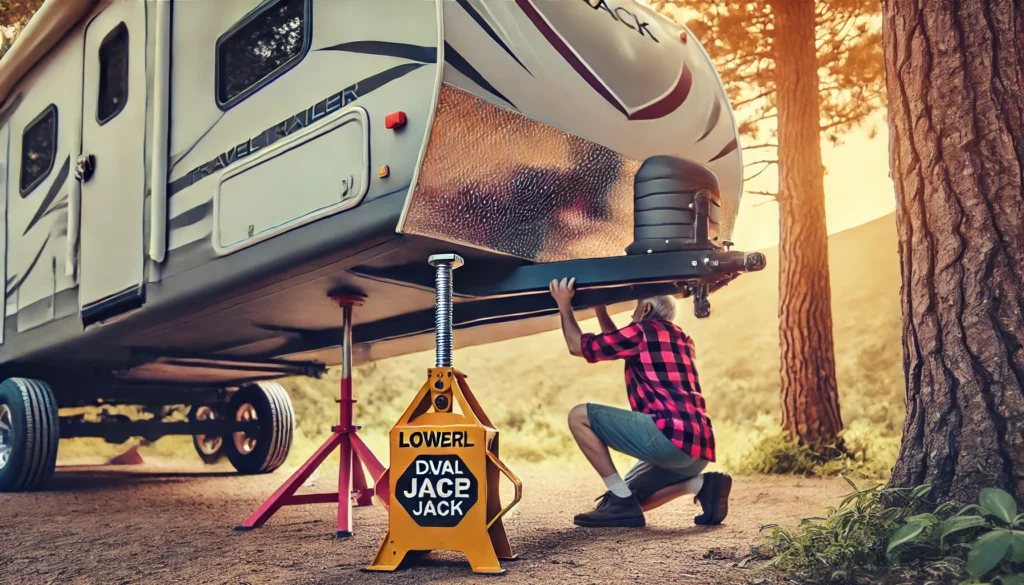How to Jack Up a Dual Axle Travel Trailer?
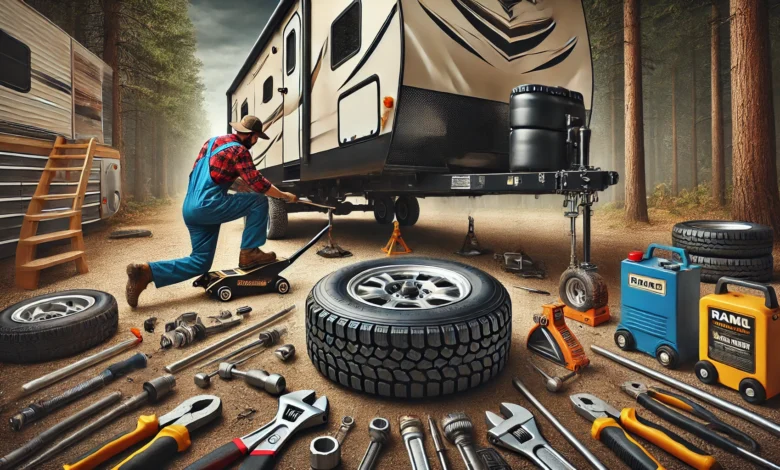
If you’re an avid traveler who loves the comfort of a travel trailer, you know that maintaining your rig is essential to keep your adventures smooth and safe. One important skill to master is how to jack up a dual axle travel trailer. Whether you need to change a tire, inspect the undercarriage, or perform other maintenance tasks, knowing the proper way to jack up your trailer is crucial. Let’s dive into every aspect of this process in a friendly, conversational style.
Safety First: Preparing for the Task
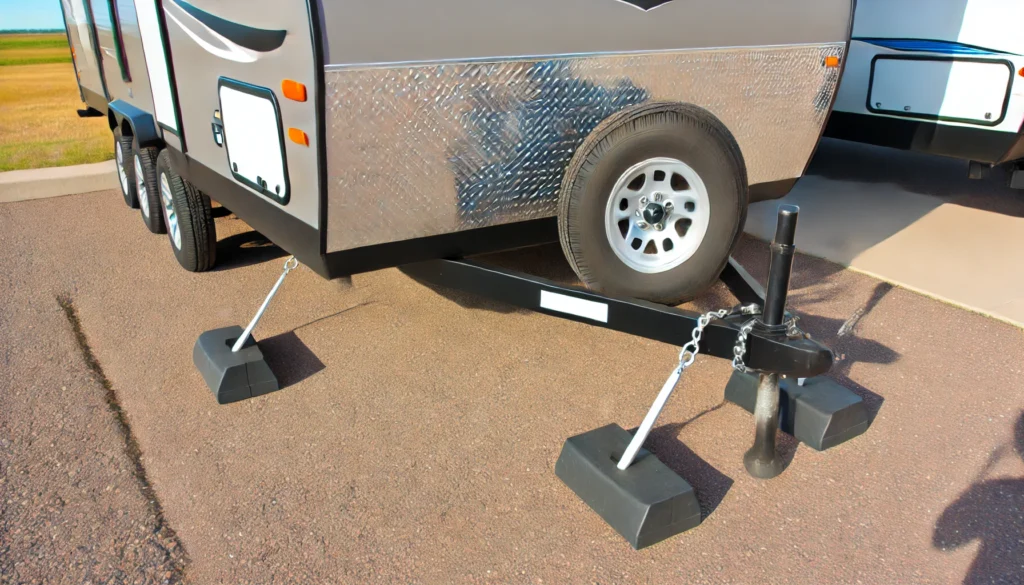
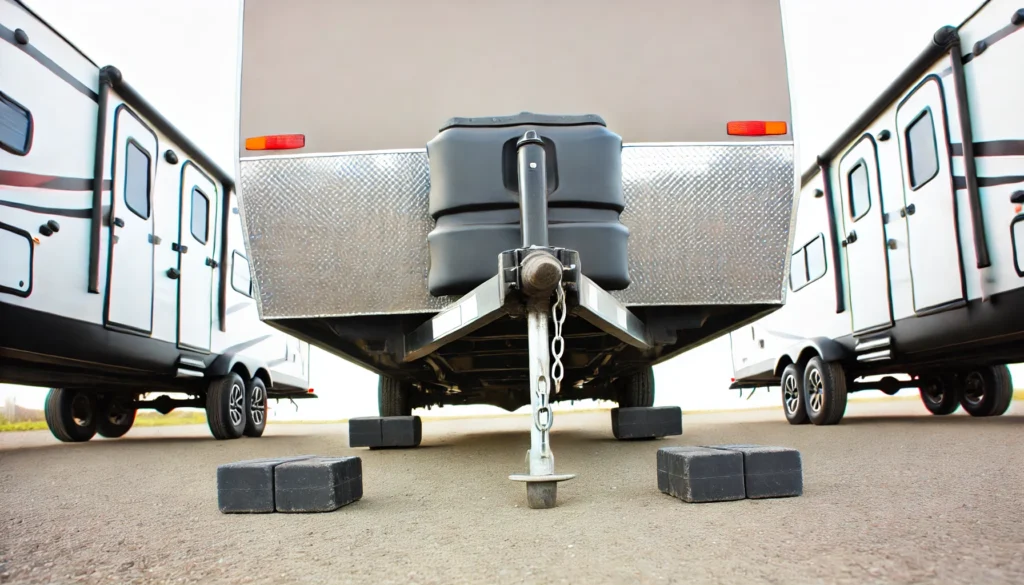
Before you even think about jacking up your dual axle travel trailer, safety should be your top priority. Here’s what you need to do:
- Find a Safe Location: Park your trailer on a flat, solid surface. Avoid soft ground or sloped areas where the trailer might shift or sink.
- Secure the Trailer: Engage the trailer brakes and place wheel chocks in front of and behind the tires that will remain on the ground. This prevents any unwanted movement.
- Gather Your Tools: You’ll need a heavy-duty bottle jack or scissor jack, a jack stand, and a lug wrench. Make sure the jack is rated to handle the weight of your trailer.
Positioning the Jack
Now that you’re all set, it’s time to position the jack. This step is crucial for ensuring stability and safety.
- Locate the Axle: Dual axle trailers have two axles, which means more stability but also requires careful jacking. Find a spot close to the leaf spring or axle hanger for the best support.
- Place the Jack: Slide the jack under the axle near the leaf spring, but avoid placing it directly under the axle tube, as this could cause damage. Ensure the jack is perpendicular to the axle to distribute the weight evenly.
Lifting the Trailer
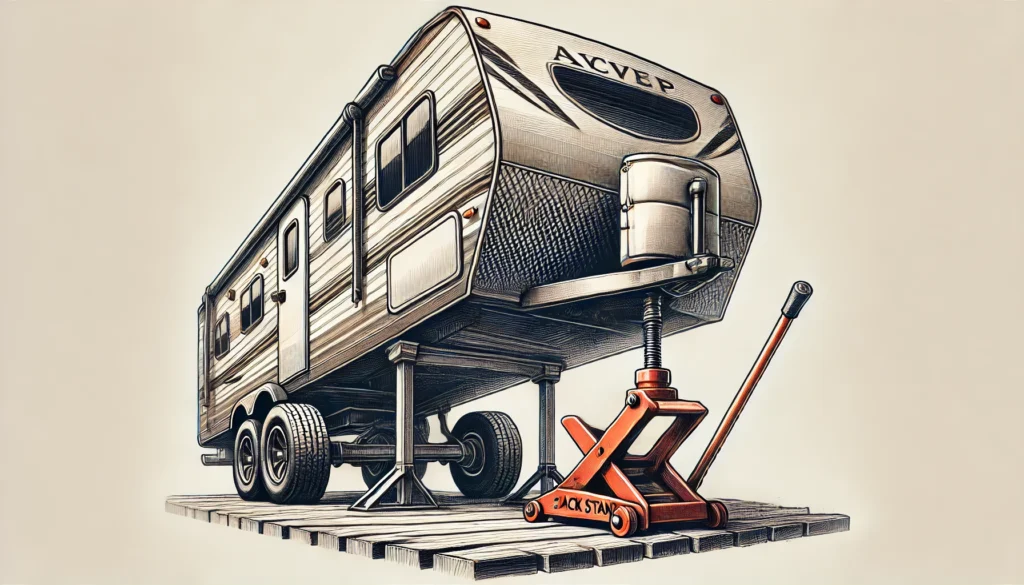
With everything in place, you can start lifting your trailer. Here’s how:
- Raise the Jack Slowly: Pump the jack handle slowly and steadily. As you lift, keep an eye on the trailer to ensure it remains stable and level.
- Lift Just Enough: You only need to lift the trailer high enough to remove the tire. Overlifting can make the trailer unstable.
- Secure with Jack Stands: Once the trailer is lifted to the desired height, place a jack stand under the axle near the jack. Lower the trailer onto the jack stand for added safety and stability.
Changing the Tire or Performing Maintenance
Now that your trailer is safely lifted, you can change the tire or perform the necessary maintenance. Here’s what to do:
- Remove the Lug Nuts: Use a lug wrench to loosen and remove the lug nuts. If you’re changing a tire, take off the flat tire and set it aside.
- Install the New Tire: Align the new tire with the wheel studs and hand-tighten the lug nuts. Once the tire is in place, use the lug wrench to tighten the nuts in a star pattern to ensure even pressure.
- Check Other Components: If you’re performing maintenance, now is the time to inspect the brakes, bearings, and suspension. Make sure everything is in good working order.
Lowering the Trailer
After finishing your task, it’s time to lower the trailer back down. Here’s how to do it safely:
- Remove the Jack Stand: Carefully raise the trailer slightly using the jack to remove the jack stand.
- Lower the Trailer: Slowly lower the trailer by releasing the jack, ensuring it comes down smoothly and evenly.
- Final Checks: Once the trailer is back on the ground, remove the wheel chocks and double-check the lug nuts to ensure they are securely tightened.
Tips and Tricks
Here are a few extra tips to make the process even smoother:
- Practice Makes Perfect: If you’re new to this, consider practicing jacking up your trailer in a safe, controlled environment before you need to do it on the road.
- Stay Organized: Keep your tools organized and easily accessible. Knowing where everything is can save you a lot of time and stress.
- Regular Maintenance: Regularly check your trailer’s tires, brakes, and suspension to catch any issues early. This can prevent the need for emergency jacking.
Conclusion
Jacking up a dual axle travel trailer might seem daunting at first, but with the right preparation and techniques, it can be a straightforward task. Always prioritize safety, take your time, and ensure everything is done correctly. By mastering this skill, you’ll be better prepared for any on-the-road maintenance, ensuring your travels are as smooth and enjoyable as possible.
